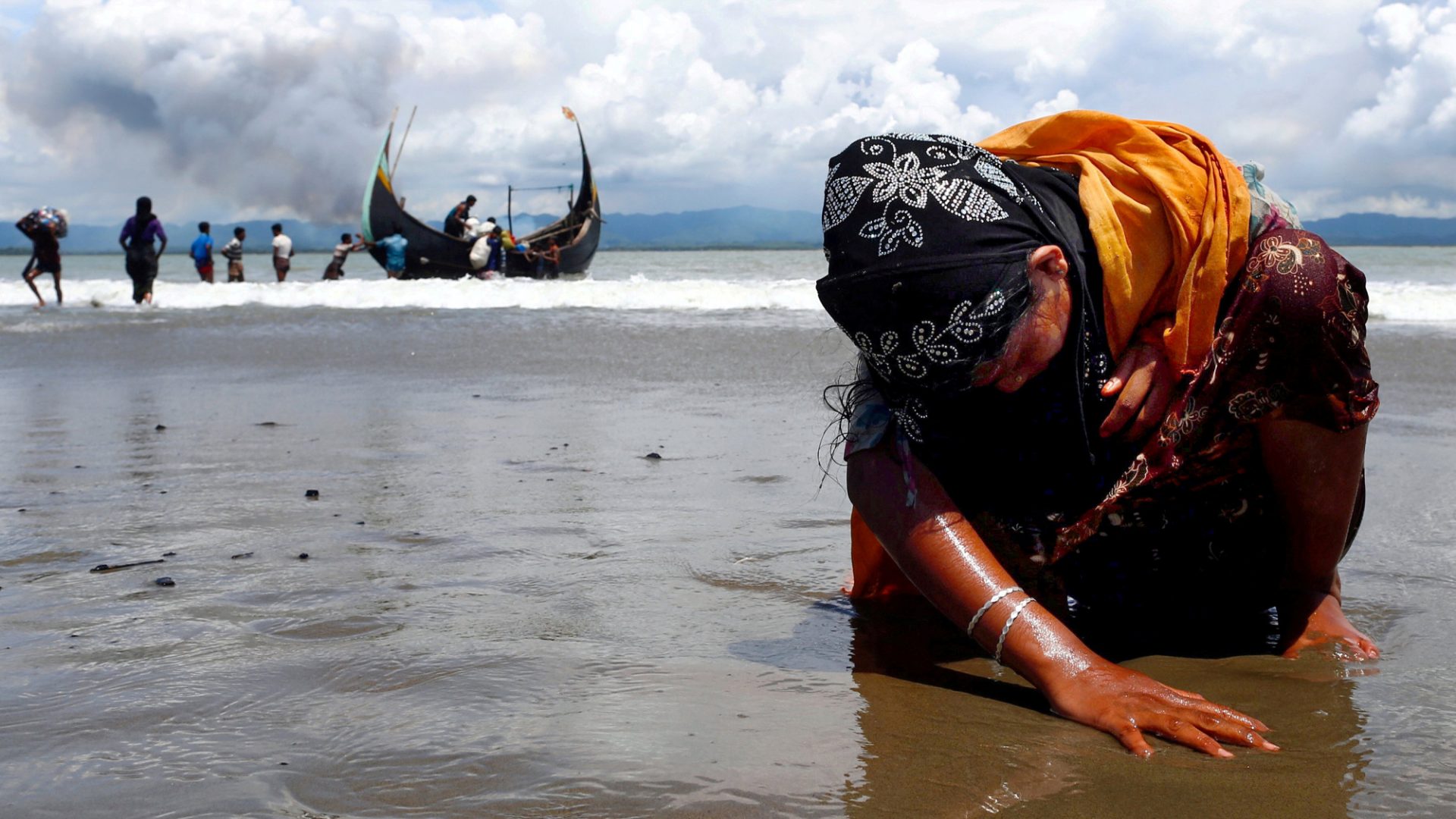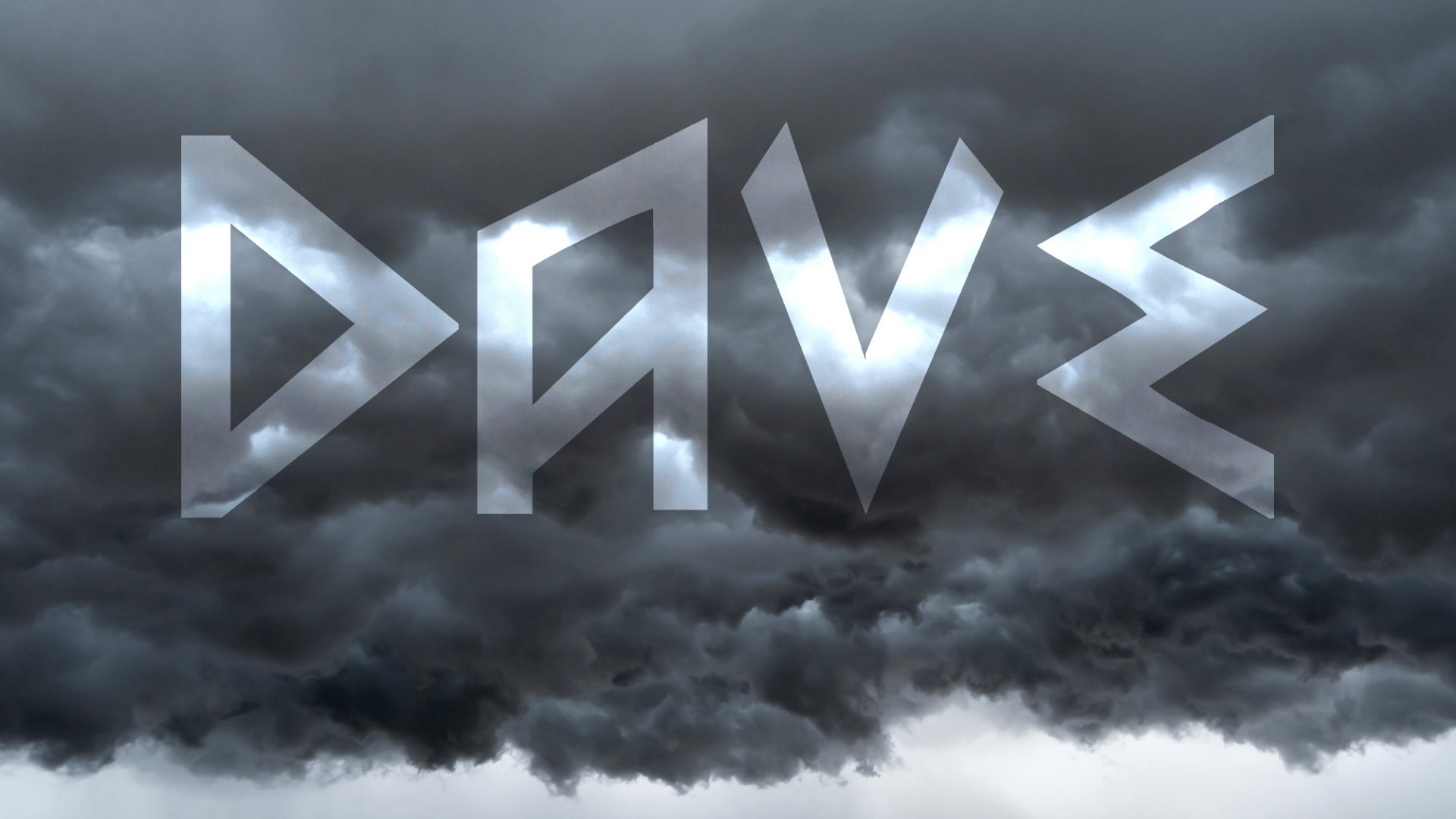In the summer of 1985, Frédéric Neema, a Reuters photojournalist covering the taking of TWA Flight 847 at Beirut airport, found himself suddenly under fire from the masked hijackers. “They were annoyed by journalists taking pictures with big lenses,” recalls Neema. “The bullets went above our heads and hit the wall behind us. I ducked and kept on shooting.”
In the Moment, a new volume of 40 years of Reuters photojournalism, looks at how Neema and his colleagues “kept on shooting” during the most dramatic and dangerous events of recent history.
The book uses first-person testimonies of the photographers and is edited by Alexia Singh, who worked as a picture editor at Reuters for 20 years. Some 500 photographs, from the 1980s through to the present day, provide a shocking – sometimes unbearably – and horribly predictable visual guide to an era of unrest.
We see history repeating, with little sense of lessons learnt. Pictures found on the first and last pages of this book, taken 40 years apart, illustrate the effects of violent unrest in the Middle East. And in between, there are images of the Oslo peace accord.
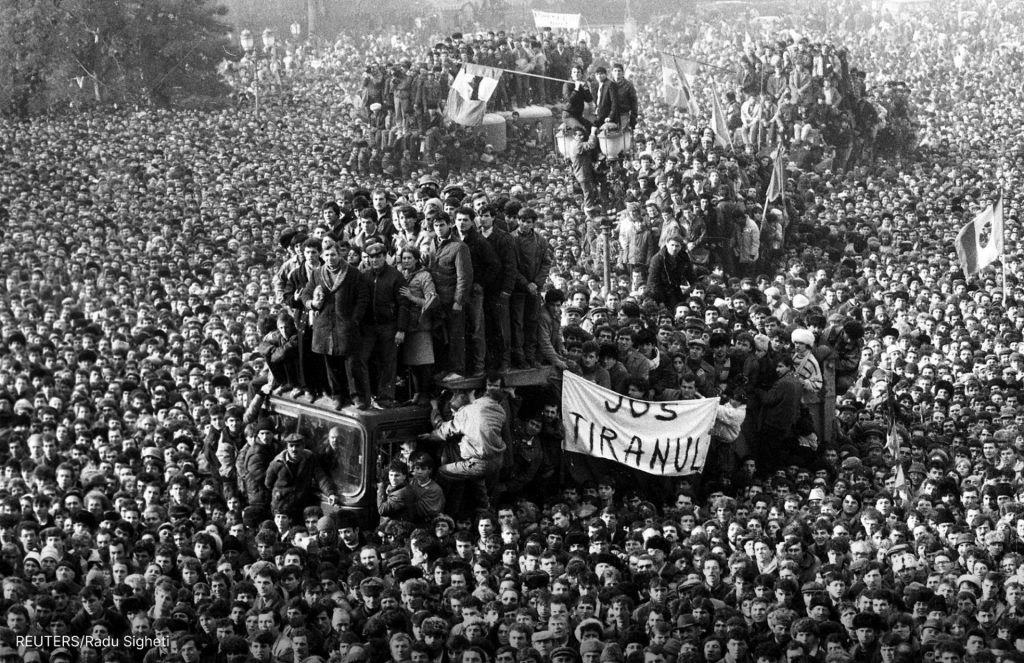
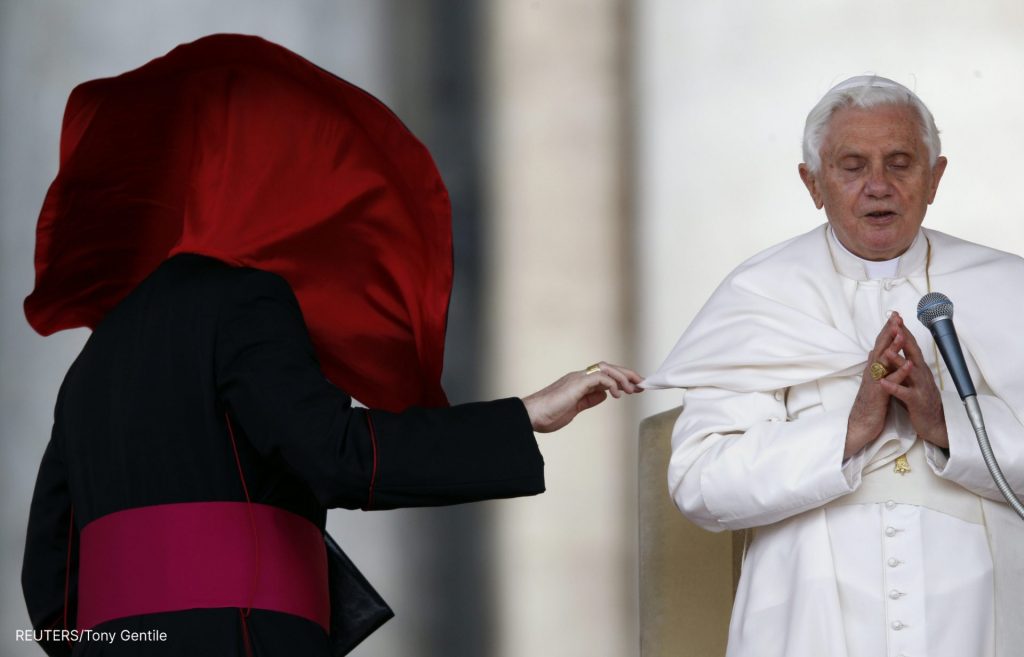
his weekly audience in St. Peter’s Square, Vatican City, June
2010
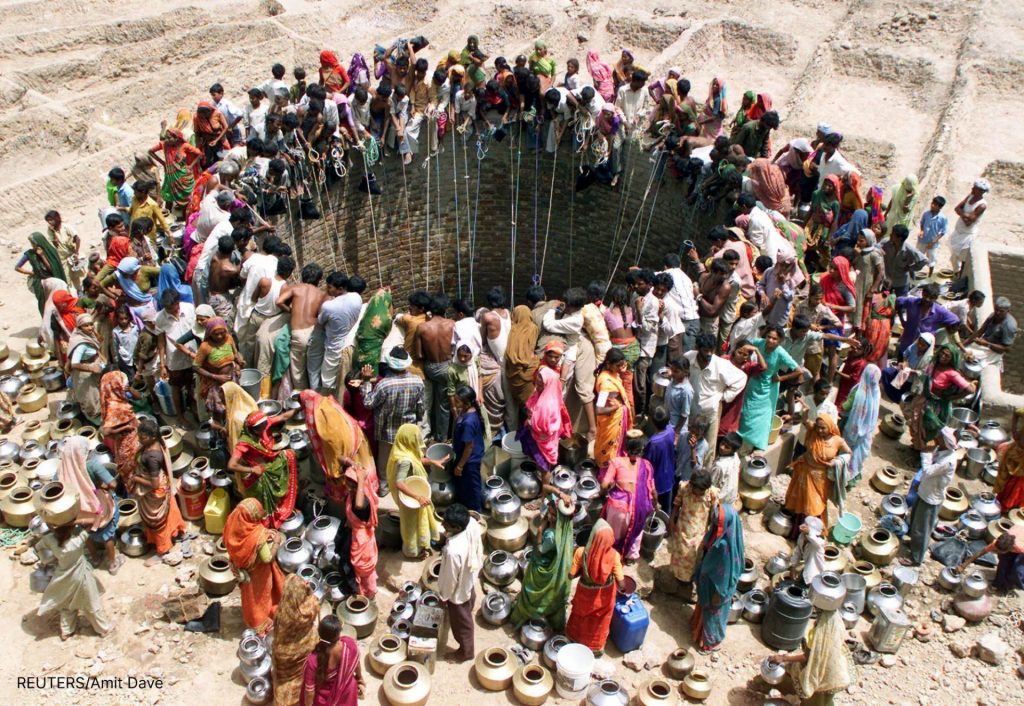
Natwarghad in Gujarat, India, June 2003
Reuters was founded in London in 1851 – using homing pigeons as couriers in its fledgling days – and is today the largest text, picture and film news agency in the world. When the agency launched its new pictures service on New Year’s Day in 1985, the cold war was still icy, Thatcherism was creating social divisions and the financial markets were riding precariously high.
Over the subsequent four decades, Reuters has published 14m photographs, images syndicated through media across the globe. During the 1980s alone, photographers snapped guerrilla fighters in El Salvador, the Heysel Stadium tragedy, Live Aid, Northern Ireland’s Troubles and the “Tank Man” of Tiananmen Square squaring up to Chinese forces. These pictures set the tone for what followed: a mixture of violence, horror and humanity (occasionally) prevailing.
There are shots of man-made and natural disasters. Both are hard to see. There are earthquakes, erupting volcanoes, aeroplane crashes and oil spillages.
From a coastguard helicopter flying over the maelstrom of Hurricane Katrina in 2005, Robert Galbraith photographed a man clinging to the roof of a van caught in the floods. “During the week I covered Katrina in New Orleans, my camera was a buffer between the subject and my emotions,” he recalls. “But it all hit me when I left.”
We are shown warzones in Afghanistan, Iraq, Ukraine and Gaza. And we see wars brought home, with the ruinous effects of IRA bombs in London, and the devastation of 9/11 in New York. In particular, Shannon Stapleton’s shot of five men carrying a fatally injured chaplain through the clouds of dust at the World Trade Centre is a masterpiece of irony. It freezes a moment of collective bravery while also highlighting its futility.
Without cameras, the raw, bloody truth and human cost of atrocities would be lost. In 1996, photographer Corinne Dufka captured the random execution of an unarmed man in Kinshasa as rebel forces sought to overthrow President Mobutu. “They moved him in front of a wall and shot him in the back. It was shocking,” notes Dufka. Her words don’t relay the horror, but her photograph does.
Reuters’ photographers have also enjoyed their lighter assignments – royal weddings, Oscar nights, Olympics, the Met Gala and Wimbledon – and a few glimpses of humour pop up. There is a lovely picture of Tibetan herders playing billiards; and a fleeting wardrobe malfunction involving the Pope is a gem.
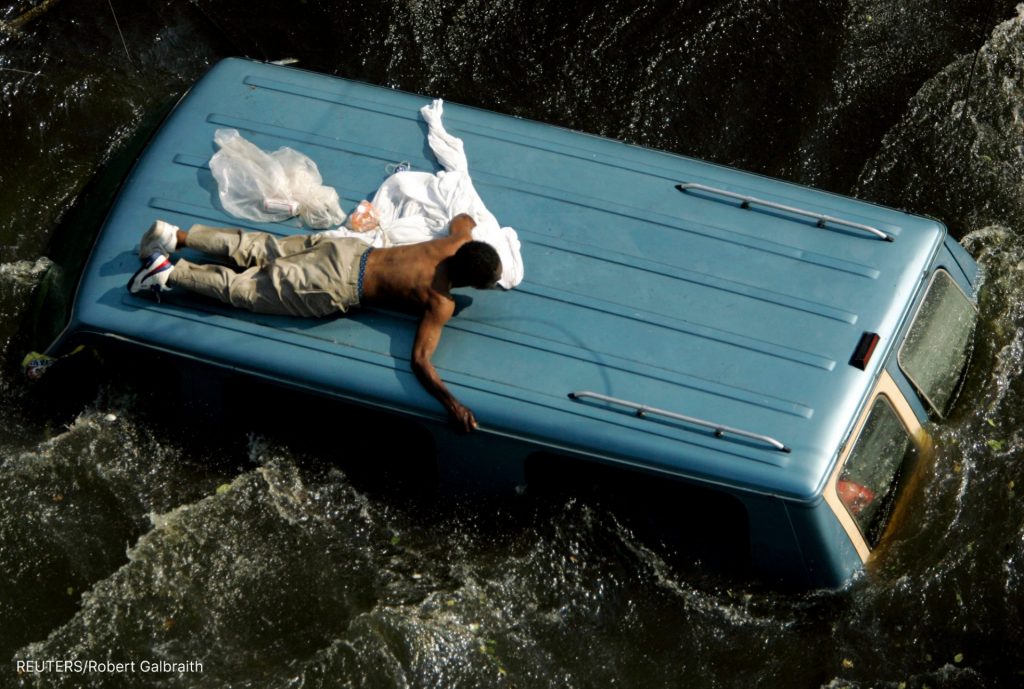
A man clings to the top of a vehicle as Hurricane Katrina devastates New Orleans, September 4, 2005
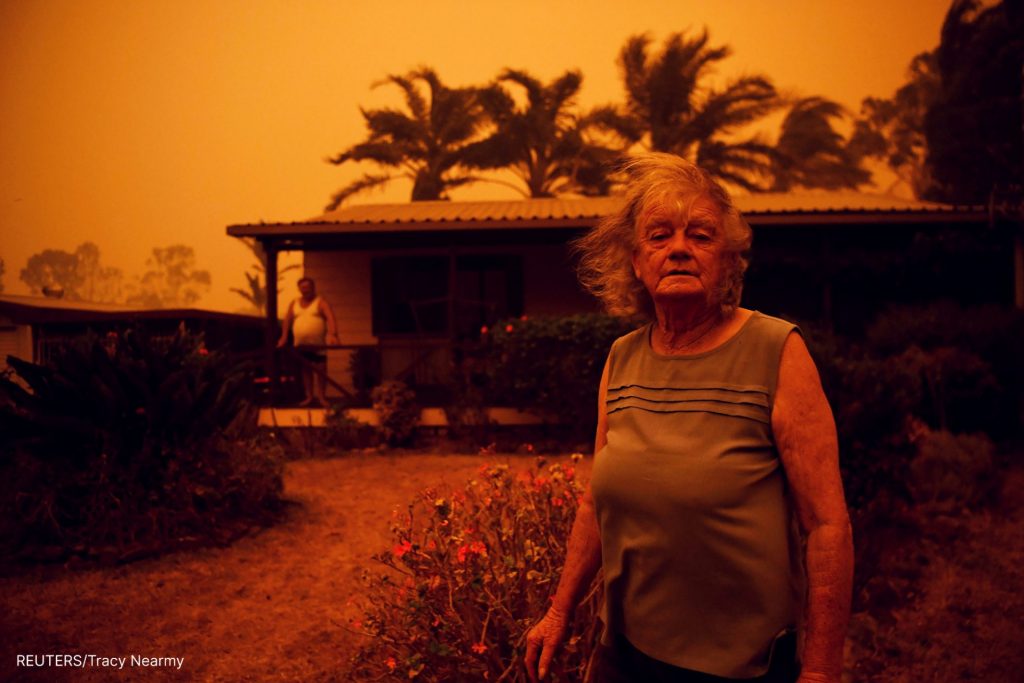
New South Wales, January 2020
But largely, Singh gives us a bracing catalogue of protests, uprisings, riots, massacres and invasions. And then there’s the Covid pandemic, tensions over migration and the ongoing climate crisis. Judging the past 40 years on these pictures, the world has long been on a downward slide.
This retrospective appears at a time when news imagery is both questioned (often rightly so) and subject to alteration and exploitation. In their preface, Reuters’ senior editors Jo Webster and Alessandra Galloni note how “we live in a world of real-time imagery, much of it video, some of it fake. AI-generated depictions and misinformation that rely on advanced editing tools are infiltrating the news eco-system: for Reuters photo editors and our global audience alike, such manipulations have become ever harder to detect.”
Suggested Reading
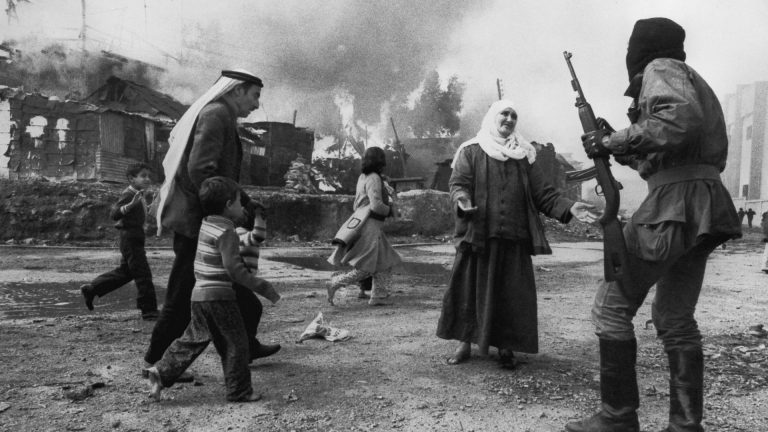
Françoise Demulder, the model who watched the world burn
The service remains the gold standard for photojournalism: in 2024, Reuters won a Pulitzer Prize for its coverage of the Israel–Hamas war. And the stakes have never been higher. The media landscape has changed. “It’s not uncommon for a photographer to take and send a picture and see it a few minutes later on the phone of someone who happens to be at the same place,” writes Singh.
In the Moment delivers a convincing argument that in an era of instant consumption – with its subsequent knee-jerk effects – professional and reliable photojournalism has never been more valuable.
In the Moment: 40 Years of Reuters Photojournalism is published by Thames & Hudson

